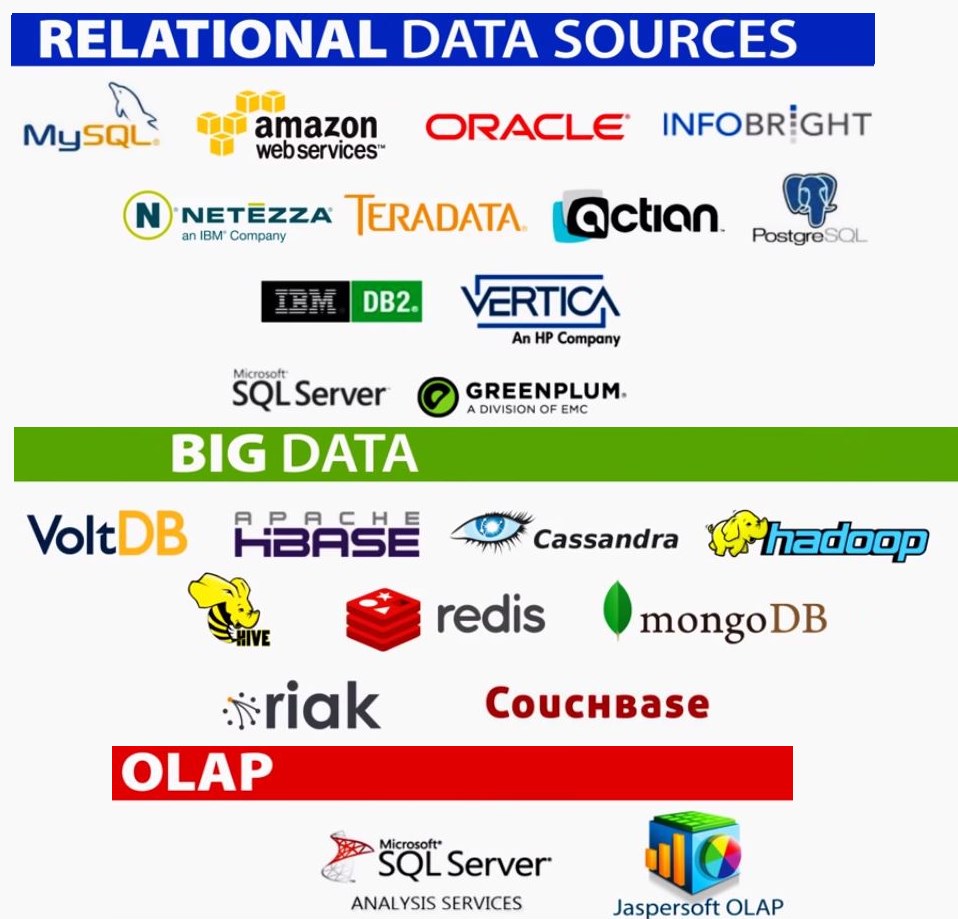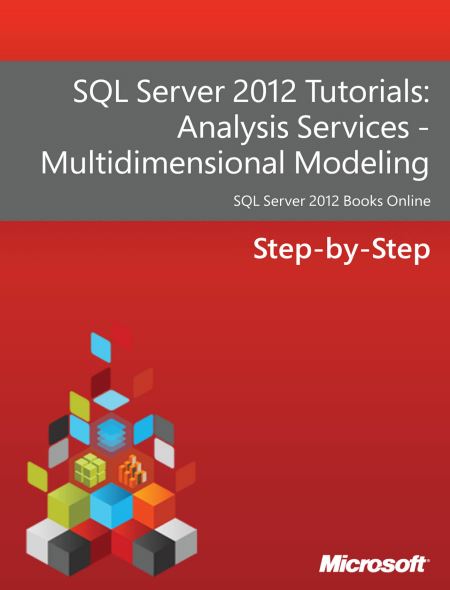Category: MS BI
-

Big Data / NoSql
MongoDB Tutorials Tutorial 1 (guru99) Terms Quick Reference show dbs – show all dababases show collections – show all collections in database. use [db name] – switch to the specific database. db.[collection].find() – find records in the collection. db.[collection].find({email:”[email protected]”}) – find specific value db.[collection].findOne() – find one record in the collection. db.[collection].findOne({email:”[email protected]”},{password:”12345″}) – find specific…
-

Measure Ms Sql Execution time in resolution of milliseconds
DECLARE @t1 DATETIME; DECLARE @t2 DATETIME; SET @t1 = GETDATE(); /* Put here the query to measure */; SET @t2 = GETDATE(); SELECT DATEDIFF(millisecond,@t1,@t2) AS elapsed_ms;
-

Temporary tables and Table variables – MsSQL
Temporary Tables The simple answer is yes you can. Let look at a simple CREATE TABLE statement: CREATE TABLE #Yaks ( YakID int, YakName char(30) ) Temporary tables are created in tempdb. If you run this query: CREATE TABLE #Yaks ( YakID int, YakName char(30) ) select name from tempdb..sysobjects where name like ‘#yak%’ drop…
-

How to search text at all Ms SQL tables, fields and all object?
1. Create the following Stored Procedure at the database you want to search: CREATE PROCEDURE SearchTables @Tablenames VARCHAR(500) ,@SearchStr NVARCHAR(60) ,@GenerateSQLOnly Bit = 0 AS /* Parameters and usage @Tablenames — Provide a single table name or multiple table name with comma seperated. If left blank , it will check for all the tables in…
-

A Beginner’s Guide to SQL
A great guide for learning SQL from the start, from Udemy: https://blog.udemy.com/beginners-guide-to-sql/ What Wikipedia has to say about UDemy: Udemy.com is a platform or marketplace for online learning. Unlike academic MOOC programs driven by traditional collegiate coursework, Udemy provides a platform for experts of any kind to create courses which can be offered to the public,…
-
BI SSRS / SSMS / SSAS / SSMS
BI SSRS / SSMS / SSAS / SSMS Password: nayabi2015 https://www.dropbox.com/sh/qjawz1tn033f2qn/AACgZP17vaBk4as_HwGBr4IIa?dl=0
-
Bulk Copy Program – BCP SQL
Bulk Copy Program – BCP SQL Bulk Copy Program (BCP) – command-line tool used to import or export data against a Microsoft SQL Server or Sybase database. The tool is often more efficient than more recent GUI-based applications, such as DTS, to import and extract data. Resources: http://en.wikipedia.org/wiki/Bulk_Copy_Program http://databases.about.com/od/sqlserver/a/bcp.htm http://sqlfool.com/2008/12/bcp-basics/
-
Pyramid Analytics – Videos
Pyramid Analytics – Videos https://www.dropbox.com/sh/8cdtdvcz1c63luq/AAAKubI0JT0dt7bYA8W6vCbza#/
-

Learn SSIS in 19 video lessons
01 – Getting Started 02 – Performing Basic Tasks 03 – Basic Transformations 04 – Variables 05 – Data Types and Data Conversion 06 – Expressions 07 – Conditional split and derived column transforms 08 – Debugging 09 – Lookup Transforms 10 – Sequence Containers and FOR Loops 11 – Looping Over Files 12 – Other Foreach Loops…
-
The Connection Strings Reference
The Connection Strings Reference ConnectionStrings.com help developers connect software to data. It’s a straight to the point reference with connection strings, a knowledge base of articles and database connectivity content and a host of Q & A forums where developers help each other in finding solutions. http://www.connectionstrings.com/
-
Step by step of executing SSIS 2012 package through stored procedure
Step by step of executing SSIS 2012 package through stored procedure http://blogs.msdn.com/b/biblog/archive/2013/05/07/step-by-step-of-executing-ssis-2012-package-through-stored-procedure.aspx
-
SSAS Cubes, Excel and SharePoint
SSAS Cubes, Excel and SharePoint http://workerthread.wordpress.com/2012/01/10/ssas-cubes-excel-and-sharepoint-keeping-contributors-happy/
-

What is SSAS? Analytic services learning resources
Microsoft SQL Server Analysis Services, SSAS, is an online analytical processing (OLAP) and data mining tool inMicrosoft SQL Server. SSAS is used as a tool by organizations to analyze and make sense of information possibly spread out across multiple databases, or in disparate tables or files. Microsoft has included a number of services in SQL…
-

w3schools.com – The world’s largest web development site
Offline version mediafire.com – w3schools.com.rar thecrazyprogrammer.com – w3schools-offline-version-download-full-website HTML HTML TutorialHTML Tag Reference CSS CSS TutorialCSS Reference JavaScript JavaScript TutorialJavaScript Reference SQL SQL TutorialSQL Reference PHP PHP TutorialPHP Reference JQuery JQuery TutorialJQuery Reference http://www.w3schools.com